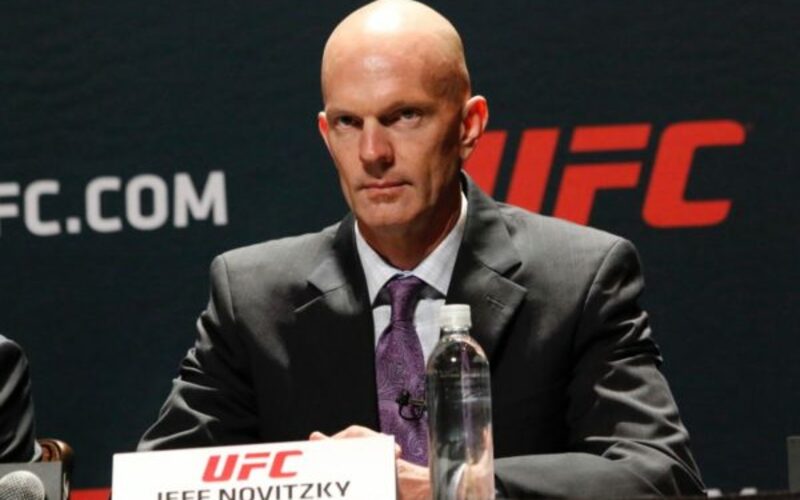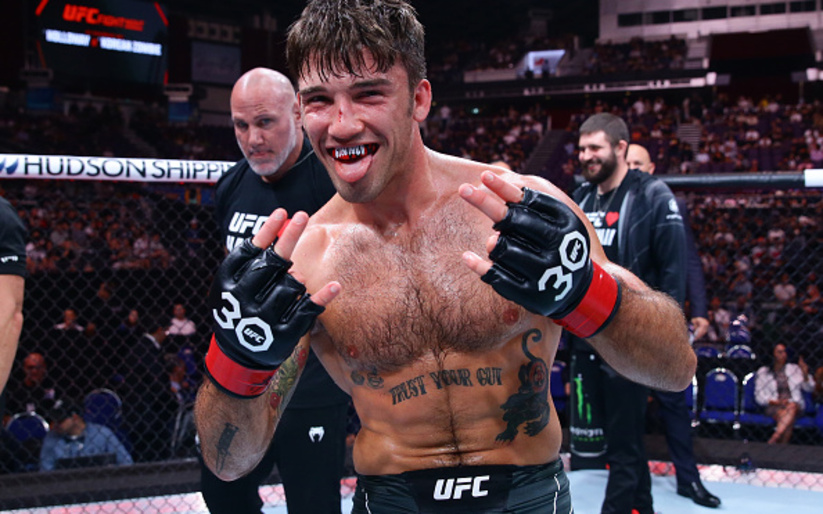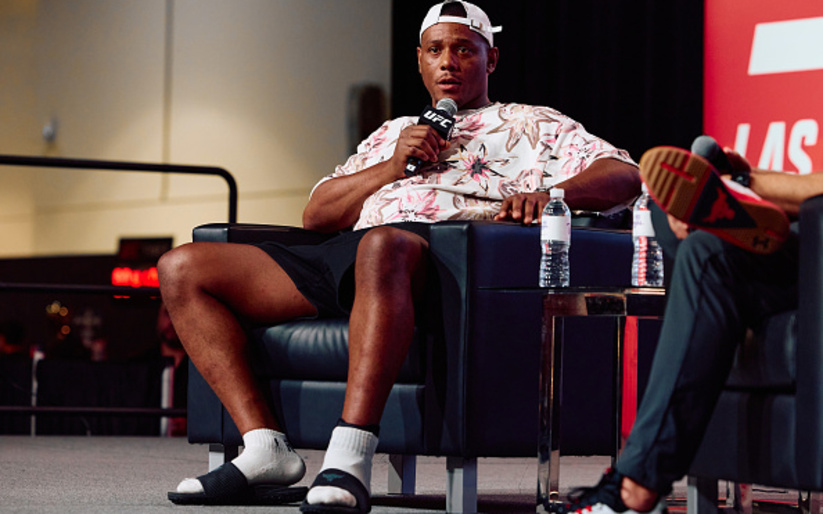Twenty-two fighters fought at the UFC Fight Night in Seoul, South Korea. USADA administered a single drug test for the event according to the tracking tool found on its website. Presumably, Ben Henderson, the target of that test, passed, as he wound up defeating Jorge Masvidal in the main event.
USADA is falling behind on UFC drug testing
USADA CEO Travis Tygard told media at the press conference announcing the details of the UFC’s anti-doping policy that his organization would conduct a minimum of 2,750 tests per year. The UFC’s anti-doping policy went into effect July 1st. To date, USADA has conducted 222 tests on 117 athletes, according to the aforementioned tracking tool. That is, we’re about 40% through a year of USADA testing, and USADA has hit less than 10% of its target. At its current pace, USADA will administer about 555 tests, about one-fifth its stated minimum.
For USADA to hit that 2,750 test minimum, they would need to average 7.5 tests per day. To make up for their slow start, they would need to ramp that up to close to 12 tests per day. It’s probably safe to say that USADA will fall far short of their goal, considering their current pace has them closer to 1.5 tests per day.
For comparison, Major League Baseball administered around three times as many tests as USADA’s stated minimum during the 2014 season:
In Major League Baseball this past season, though, drug tests reached a new high — as the league administered 7,929 tests to its players between the first day of the offseason and the last day of the World Series. That’s 363 days, the equivalent of 21.8 drug tests per day.
Major League Baseball has two distinct advantages over USADA’s work for the UFC. First, they know exactly where an athlete will be for some interval of time on game day. Second, at least during spring training and the regular season, all their athletes reside in the United States. This cuts down on operational resources, as a single testing administrator can show up to a ballpark and collect samples from any number of players on either team’s roster.
Despite USADA’s “whereabouts” policy, they never know where a UFC athlete will be at any given time. An administrator may roll up to Donald Cerrone’s house only to find he’s out skydiving all day. Said administrator probably has instructions to wait until Cerrone returns, but one can see how this system is less efficient than what Major League Baseball works with.
In addition, how does USADA handle testing fighters who do not reside in the United States? According to its “Meet Our Team” page, doping control officers (DCOs) – the people who administer tests – “are hired, trained, and employed directly by the U.S. Anti-Doping Agency, not a third party agency, in an effort to ensure the highest level of quality control and effectiveness” and “are situated throughout the country.” One assumes that if quality control is such a high priority, USADA would send their DCOs across the world. That’s quite the expense! Otherwise, we’re looking at farming out testing duties to third parties which raises questions about the fairness of the system, given recent events.
Whatever the reason, there are serious questions to be asked. Did the UFC and USADA underestimate the costs of this operation? Did USADA pull the ol’ oversell-underdeliver? Does the UFC really care about drug testing? Does USADA? Do the athletes? If so, are they happy with the new system?



